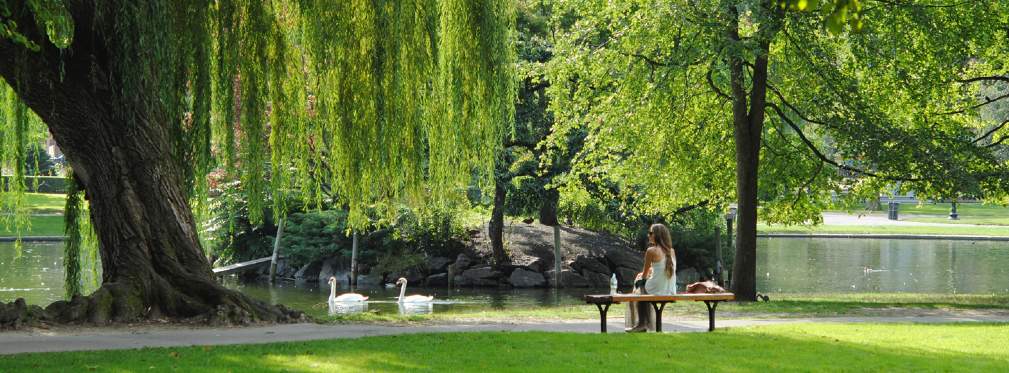The social aspect of ESG is currently less defined than environmental or governance factors. One reason is the lack of tools to measure qualitative practices.
One way in which those embracing the “S” in ESG are ensuring environmental measures and sustainable development plans are implemented is through stakeholder engagement. But that is not always a predictable process, or an exact science.
The success of the London 2012 Olympics’ legacy compared with the empty stadiums left in the wake of Rio de Janeiro’s 2016 Games is a case in point.
Regardless, the idea that a building can have a far-reaching impact on a community is pivotal and widely recognised by assessment methods such as GRESB and BREEAM. The UN’s Sustainable Development Goals (SDGs) call on the real estate industry to form the building blocks of inclusive, safe, resilient and sustainable cities.
Meanwhile, the Savills Global Living 2021 report lays out the key factors affecting the integration of social value into the core value chain of investors, developers and operators, stating that creating social value involves engaging communities both within and around a development.
Some private landlords have done this by delivering public green spaces and benefiting from the social value they contribute.
By promoting a sense of shared ownership, whereby tenants are more willing to buy into a wider estate, landlords can command a premium that can be used to maintain, operate and revitalise an estate’s public spaces.
A collective vision and strategic partnership approach can overcome the split incentive hurdle where landlords can invest in the provision of green spaces and simultaneously benefit from their social value.
From an operational residential real estate perspective, capturing social value this way is significantly more accretive given the 24-hour scope of living sectors unlike the “9-5” of financial districts.
In the senior living sector, for instance, this could consider multi-generational uses of assets, public amenities open to all ages and hybrid living models of both co- and senior living. These ideas are taking root in the Nordics.
As the 2030 deadline of the UN SDGs draws closer, there is an urgent need for the private sector to consider the public realm in the context of their developments and existing stock.
This can be achieved with early-stage engagement; a masterplan that brings investors, tenants and the local community together to identify what spaces and public amenities will promote the inclusivity and resilience of the area.
Major contractors and public agencies can facilitate these discussions, with the Société du Grand Paris as a current example and the London Organising Committee of the Olympic Games (LOCOG) as the leader of London 2012’s deliberations.
These groups build broad networks that turn a vision into reality. The same strategy can also be applied to standing stock public realm initiatives, by identifying, building and engaging a network to facilitate a collective responsibility and pride in the area.
Further information

.jpg)
.jpg)




.jpg)
.jpg)

